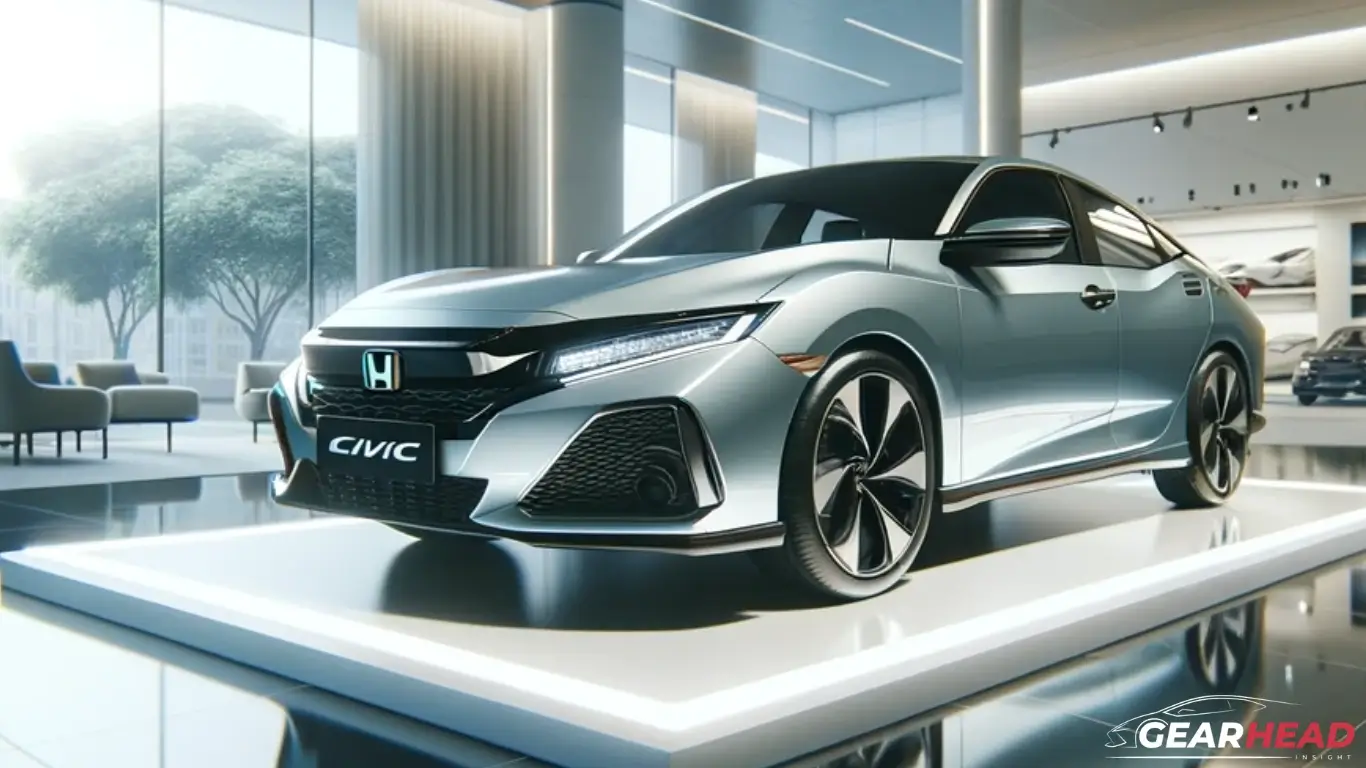The Weight Of Innovation: Exploring The 2025 Honda Civic’s Weight And Its Impact
By admin / April 27, 2024 / No Comments / 2025

The Weight of Innovation: Exploring the 2025 Honda Civic’s Weight and its Impact
The Honda Civic, a beloved nameplate known for its balance of affordability, efficiency, and performance, has been a staple in the automotive world for decades. As the 2025 model year approaches, anticipation is high for the next iteration of this iconic car. While the exact specifications remain under wraps, one crucial aspect that often sparks discussion is the vehicle’s weight. This article delves into the potential weight of the 2025 Honda Civic, exploring its implications for fuel economy, handling, and overall driving experience.
A History of Weight Fluctuation:
The Honda Civic’s weight has fluctuated over the years, influenced by various factors like engine options, safety features, and design changes. Early generations, renowned for their lightweight construction, prioritized fuel efficiency. However, as safety standards tightened and features like airbags and electronic stability control became commonplace, the Civic’s weight gradually increased. The introduction of larger engines and optional all-wheel-drive systems further added pounds.
The 2025 Civic: A Balancing Act:
With the automotive industry shifting towards electrification and a renewed focus on efficiency, the 2025 Honda Civic is expected to face a delicate balancing act. While incorporating advanced safety technologies and potentially larger infotainment screens, Honda will strive to maintain a competitive weight. This will likely involve strategic use of lightweight materials, such as high-strength steel and aluminum, in key areas.
Factors Influencing Weight:
Several factors will contribute to the 2025 Civic’s weight:
- Platform and Body: The Civic’s platform, which serves as the foundation for the car, will play a significant role. If Honda utilizes a modified version of its existing platform, some weight savings might be possible. However, a completely new platform could introduce additional weight due to increased rigidity and safety enhancements. The body itself, including the doors, hood, and trunk, will also contribute to the overall weight.
- Powertrain Options: The engine and transmission choices will have a direct impact on weight. While a naturally aspirated engine might be lighter, a turbocharged engine could add some pounds. Hybrid and electric powertrains, while offering efficiency benefits, often introduce additional weight due to the battery pack and electric motors.
- Safety Features: The 2025 Civic is likely to boast an impressive suite of advanced safety features, including adaptive cruise control, lane departure warning, and automatic emergency braking. These systems, while crucial for safety, can add weight to the car.
- Interior Amenities: The interior of the 2025 Civic will likely feature modern amenities like a larger touchscreen infotainment system, digital instrument cluster, and enhanced sound systems. These features, while contributing to a premium experience, also add to the car’s overall weight.
Potential Weight Range:
Based on the factors mentioned above, the 2025 Honda Civic’s weight could fall within a range of 2,800 to 3,100 pounds. This range is speculative, and the actual weight could vary depending on trim level, powertrain, and optional features.
Weight’s Impact on Performance and Efficiency:
The 2025 Civic’s weight will have a significant impact on its performance and efficiency:
Fuel Economy:
A lower weight generally translates to better fuel economy. By optimizing weight distribution and incorporating lightweight materials, Honda can improve the Civic’s fuel efficiency, reducing its environmental impact.
Handling and Performance:
A lighter car typically handles better and accelerates faster. This is because a lower weight reduces the amount of force required to move the vehicle. A lighter Civic could offer a more engaging and responsive driving experience.
Ride Comfort:
While a lighter weight can improve handling, it might affect ride comfort. A heavier car can absorb bumps and dips in the road more effectively, providing a smoother ride. Honda will need to strike a balance between weight reduction and ride quality.
Safety Considerations:
Weight plays a crucial role in safety. While a lighter car might offer better handling, it could be more vulnerable in a collision. Honda will need to ensure that the 2025 Civic’s weight is sufficient to meet stringent safety standards and provide adequate occupant protection.
Beyond Weight: The Importance of Efficiency:
While weight is a crucial factor, it’s not the only indicator of a car’s efficiency. Other aspects like aerodynamics, engine efficiency, and tire rolling resistance also play a significant role. Honda has a proven track record of optimizing these areas, and the 2025 Civic is expected to benefit from these advancements.
The Future of the Civic:
The 2025 Honda Civic represents a crucial moment in the evolution of this iconic car. As the automotive landscape continues to shift towards electrification and sustainability, the Civic’s weight will be a key indicator of its future success. By striking a balance between performance, efficiency, and safety, Honda can ensure that the 2025 Civic remains a compelling choice for drivers seeking a reliable, enjoyable, and environmentally responsible vehicle.
Conclusion:
The weight of the 2025 Honda Civic is a subject of much speculation, with factors like platform, powertrain, and safety features influencing its final figure. While a lighter weight can enhance fuel efficiency and handling, Honda will need to strike a delicate balance to ensure adequate safety and ride comfort. The 2025 Civic’s weight will be a crucial indicator of its overall performance and efficiency, reflecting the evolving needs of the automotive industry and its commitment to sustainable transportation.







